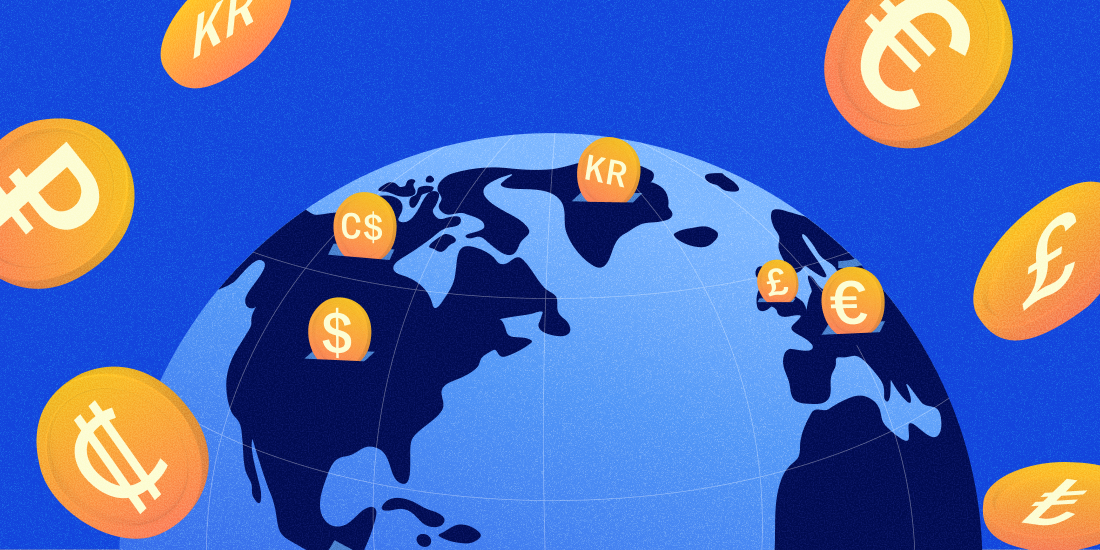A big bill, ballooning debt, and a weakening U.S. dollar
The “Big Beautiful Bill” could take our national debt to unseen levels. Will international markets reap the rewards?

In early July, Congress passed the One Big Beautiful Bill Act (OBBBA), and while its full impact won’t be felt for some time, two key aspects of it seem at odds.
The first is that it permanently extends certain provisions of the 2017 Tax Cuts and Jobs Act, including lower individual tax rates and higher standard deductions. The similar corporate and individual income boosting nature of the OBBBA has likely played some part in the rally in stocks since April.
Yet as much as markets eat this type of legislation up, it comes with a strong risk of heartburn. That’s because the second major takeaway from the bill is that it’s forecasted to add around $4 trillion to the national debt over the next 10 years.
The chart below shows the national debt as a share of U.S. GDP, and the dashed orange line shows the estimated trajectory after the passage of the OBBBA. It’s projected to grow to levels unlike anything we’ve seen before, including World War II.

So what does all this mean for markets?
Burgeoning debt means a larger supply of Treasury bonds that the Federal government uses to borrow. This may in turn cause interest rates to rise in the long term as bond investors with creeping doubts about our country’s fiscal situation demand a lower price and a higher yield for its debt. There are also estimates that the bill may be a drag on economic growth as bigger deficits and government borrowing start to crowd out private investment.
We may not fully know the outcomes of tariffs and the OBBBA for some time, but one place we’re seeing policy changes already is in demand for the U.S. dollar. Since January, we've seen a significant weakening in the dollar relative to other major currencies as the trade war and fiscal outlook have shaken confidence in U.S. markets.

The dollar is down almost 10% over the last six months, the largest decline in such a span in over 30 years. A weaker dollar has the effect of making imports in the U.S. more expensive for consumers, but it also makes international investments worth more, as the values of companies overseas have gone up in dollar terms just by virtue of their local currencies strengthening relative to the dollar.
This currency dynamic has contributed to the strong returns of our globally-diversified portfolios in 2025. The first half of the year offers a case study in the benefits of being globally-diversified, which smooths out volatility as various parts of the world take turns outperforming each other. It may not make the news headlines any less scary, but it can benefit your investing’s bottom line.

